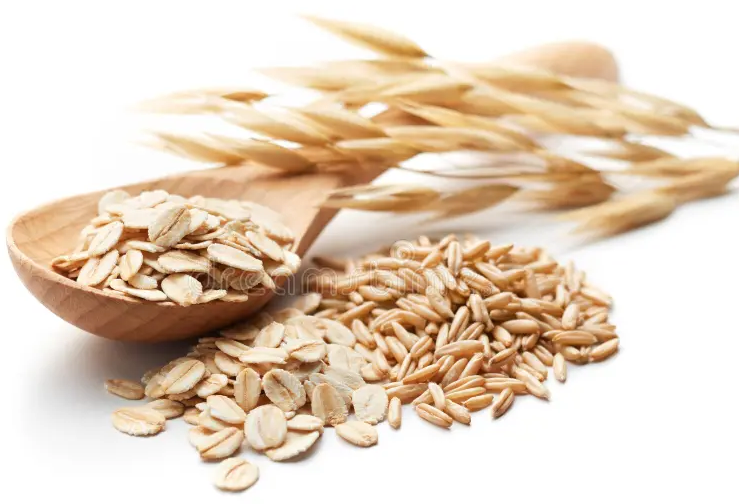The Role of Roasting and Fermentation in Enhancing the Functional and Technological Properties of Oat Grains and its Flour
DOI:
https://doi.org/10.63318/waujpasv3i2_38Keywords:
Oat flour, Roasting, Fermentation, Functional properties, Dough strengthAbstract
This study aimed to evaluate the impact of both fermentation and roasting on the functional properties of oat grains and its flour. Wheat dough volume enriched with fermented and roasted oat flour were also measured. Oat grains were roasted at 250ºC for 20 min, and they were milled to obtain roasted oat flour. These roasting conditions were selected after testing three different temperatures (150, 200, and 250ºC) for three other times (10, 20, 30 min), to identify the optimal condition based on the highest total dietary fiber content. Fermentation was carried out by mixing oat flour with 2.5% of baker's yeast and fermented for 2.5h. Thereafter, the fermented flour was dried at 40ºC until reaching a safe moisture level (10-12%). Then the fermented dough re-milled to have fermented oat flour. Both roasted and fermented oat flours were incorporated into white wheat flour at levels of 10, 20, 30, and 40% and dough volume was measure as an indicator of the dough strength. The study also evaluated the alterations occurs in the functional properties of oat flour as a result of roasting and fermentation, included water and oil holding capacity, swelling power, solubility, and foaming capacity. The results showed that fermented oats recorded the highest values of water and oil holding capacity, solubility, and foam formation and stability. While, roasted oat flour recorded the highest value of swelling capacity. The highest dough volume was found at a 30% addition rate of fermented and roasted oat flour. As for the dough containing raw oats, its highest volume was recorded at an addition rate of 20%. Thus, it was noted that both roasting and fermentation processes were effective in improving the functional and technological properties of oat flour.
Downloads

Downloads
Published
Issue
Section
License

This work is licensed under a Creative Commons Attribution-NonCommercial 4.0 International License.
This journal uses Creative Commons Attribution-Noncommerical 4.0 International License (CC BY-NC 4.0), which permits use, sharing, adaptation, distribution and reproduction in any medium or format, as long as you give appropriate credit to the original author(s) and the source, provide a link to the Creative Commons license, and indicate if changes were made. To view a copy of this license, visit https://creativecommons.org/licenses/by-nc/4.0/.
Copyright of articles
Authors retain copyright of their articles published in this journal.




